Don Quixote by Miguel de Cervantes
“Master, sadness was made for men, not for beasts, but if men let themselves give way too much to it, they turn into beasts.”
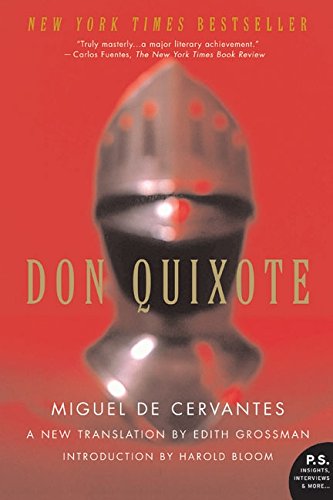 It has been said that a person should read Don Quixote at least three times in one’s life: in youth, in middle age, and in old age. I whole-heartedly agree, but I would hope that it could be read more often than that. This is my all-time favorite book, the one book I would want with me if I was stuck on a deserted island (besides the Bible, of course). To me, the best reason for a person to learn how to read literature is to be able to read this one book.
It has been said that a person should read Don Quixote at least three times in one’s life: in youth, in middle age, and in old age. I whole-heartedly agree, but I would hope that it could be read more often than that. This is my all-time favorite book, the one book I would want with me if I was stuck on a deserted island (besides the Bible, of course). To me, the best reason for a person to learn how to read literature is to be able to read this one book.
What makes it so great? The first thing to mention is the characters. Don Quixote and Sancho Panza are the kind of people I would love to have to dinner, just to listen to them talk. They are the kinds of characters that when you finish the book you breath a big sigh and say to yourself, “I wish they were real people, so that I could meet them.” And then you smile and think, “Wait, it’s a book–I can meet them again anytime I want to!”
In addition to the characters, another great quality of Don Quixote is its humor. At some parts you will laugh out loud, at others you will simply smile. But whether you roll on the floor or just grin, Don Quixote is just about the most pleasant book you will ever read. And by that I mean that it’s just plain fun, from cover to cover.
That’s not to say that it’s not serious. Don Quixote deals with the most important issues of life: love, friendship, duty, honor. It is also quite sad and moving in a few places. In fact, it may contain the saddest scene I have ever read.
But what is it about? you may be asking. I haven’t said anything yet about the plot, and for two reasons. One, many people are familiar with the story of the old man who has read so many books about knights that he decides to become one. And two, Don Quixote isn’t really about the plot. It’s really the story of one man’s attempt to make a real difference in the world, no matter how foolish he seems to others.
I would like to conclude with a few words about how to approach this book. First, know that it is extremely long, so it requires patience and perseverance. Second, understand that the book is divided into two parts, which were written 15 years apart. That’s important to know to get some of the humor of the second part, which is actually the best half. Try to read a complete, unabridged version if you can, even if you have to skim a few chapters. And don’t feel bad about skimming, especially at this age. When you re-read it in a few years you can spend more time on those chapters.
Finally, Don Quixote needs to be read at a leisurely pace. It is not like a blockbuster action movie, or a suspenseful thriller. Reading it should be more like sinking into a hot tub at the end of the day, or like sitting around a campfire talking with friends late at night. It is something to be savored, because it is over far too soon.
[This review was originally written for my students at Mr. Senger’s Junior High Reading Lists, a website for my 8th graders.]




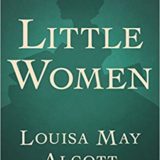

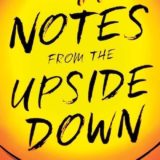






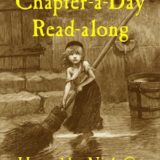
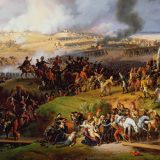
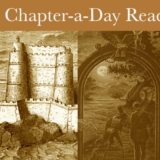



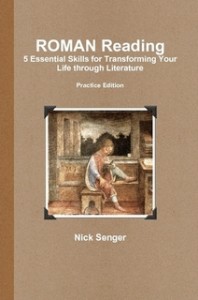

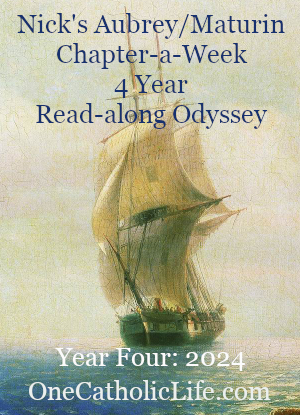
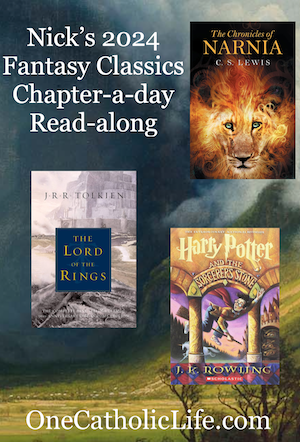

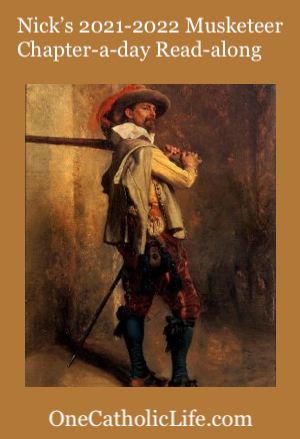
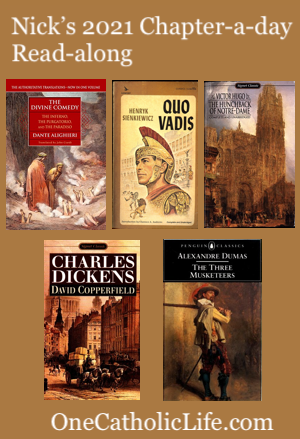

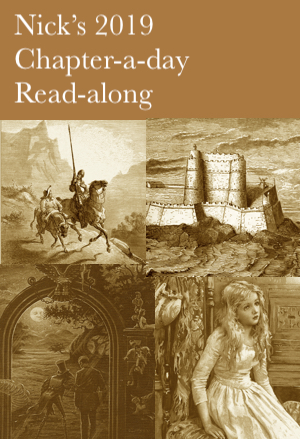
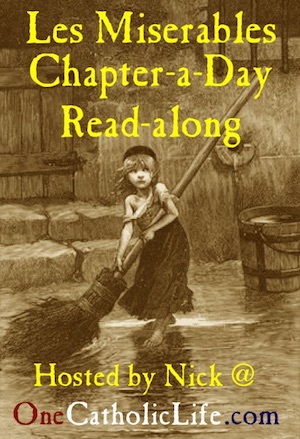



Hi there, very interesting blog all around. I found it by googling for blog posts about The Hunchback of Notre Dame, which I recently finished reading and am currently blogging about. Haven’t read Les Miz (yet). But I’ve been enjoying your posts, including Tolkien and Cervantes. That’s great that your twelve-year-old (perhaps much older now?) enjoyed Don Quixote on audiobook. My kids have enjoyed the story too (in kid versions) and sometimes we mess around in the living room play-fighting like DQ.
Like you, DQ would be my desert-island pick, apart from the Bible (I grew up Catholic). Will look forward to more posts, if you’re still active. And you’re welcome to check out my blog, which covers many of the same books. Cheers